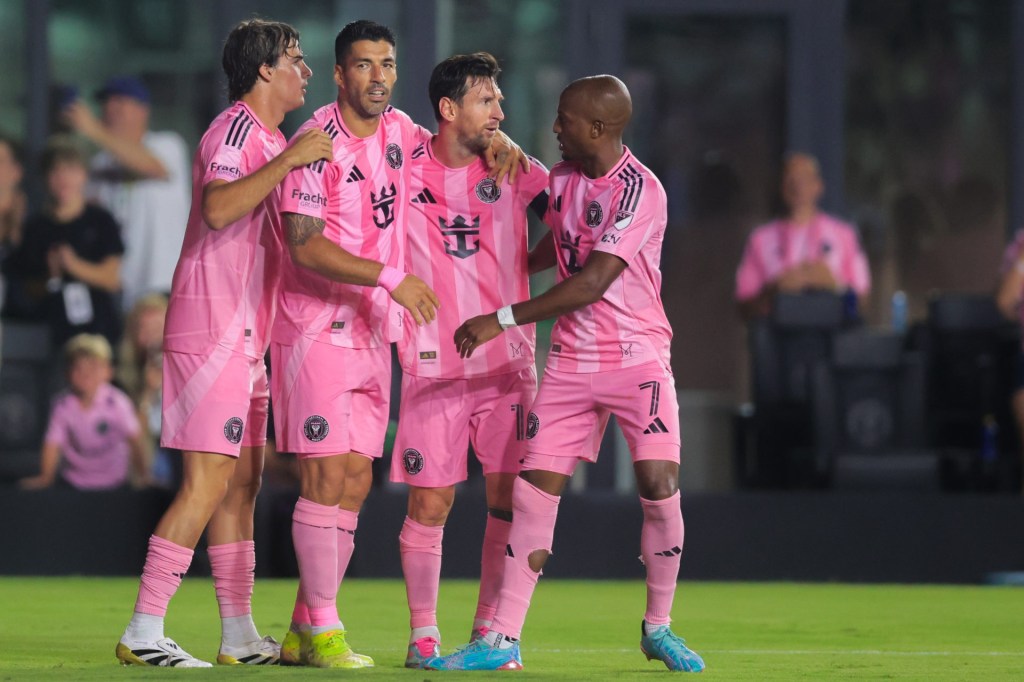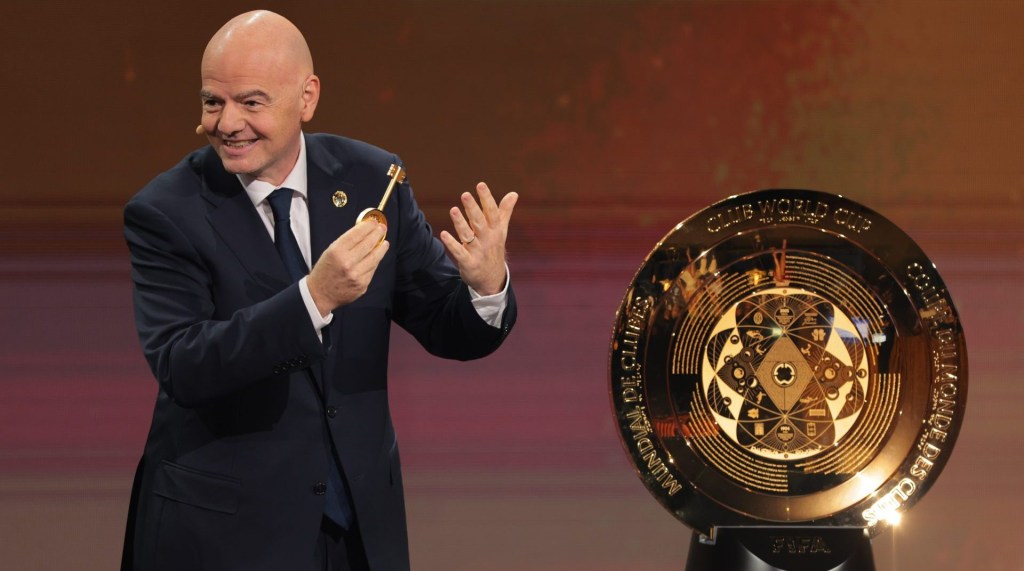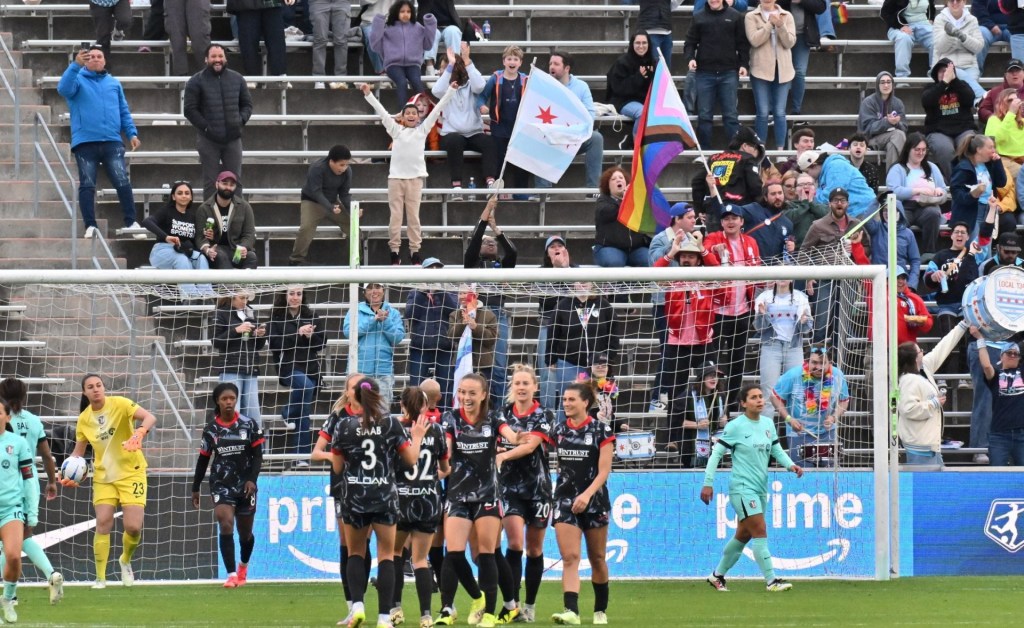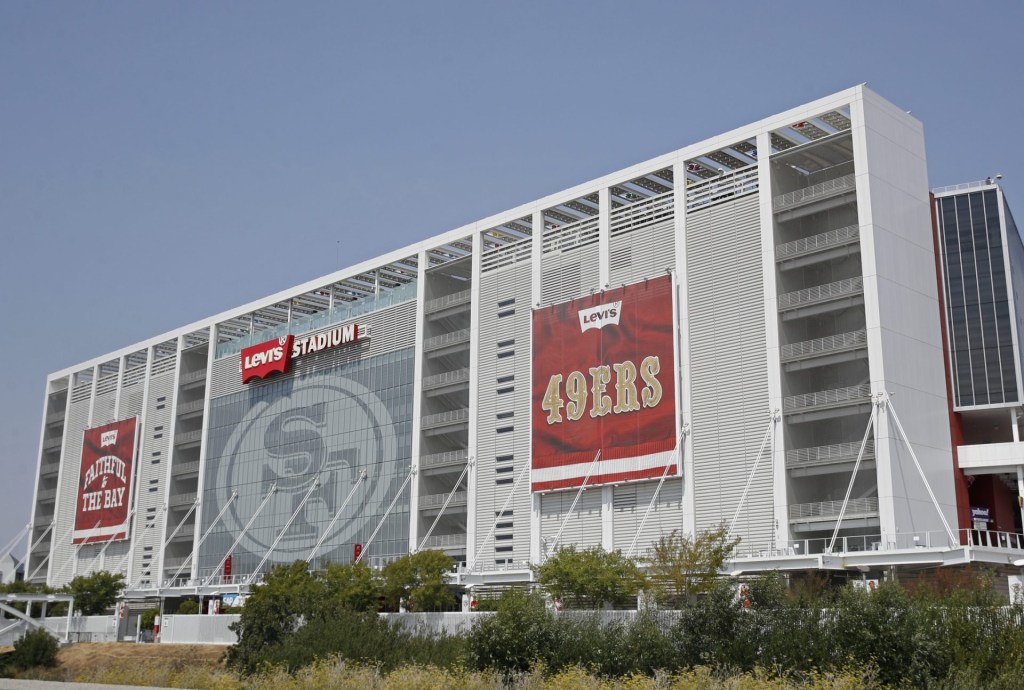FIFA’s shiny new version of the Club World Cup kicked off Saturday in Miami: a 10-figure gamble by soccer’s global governing body.
Best known for its quadrennial World Cup, FIFA is now trying to plant its flag in the lucrative club football market. FIFA drew teams based on continental championships and rankings, a spot for the host nation, and one play-in team to get its 32 clubs, up from seven the last time the tournament was played in early 2023. The number of matches is growing from 7 to 63, and the purse from $16.5 million to a whopping $1 billion.
Media rights represent the biggest cash flow for club competitions, and FIFA certainly isn’t missing out. It struck a $1 billion global media deal with London-based streamer DAZN, and TNT Sports also joined on for a portion of matches in the U.S. The hefty deal is part of why FIFA is offering up to $125 million to the club that lifts the trophy July 13 at MetLife Stadium.
Players have incentives to participate as well. Real Madrid, whose former manager last summer threatened to skip the tournament altogether over the lack of financial motivation, is now saying it will pay players more than $1 million each if they win the tournament. Athletes from the three participating MLS teams are well aware of the financial opportunity, and they’re publicly fighting against tight restrictions in their collective bargaining agreement that limit how much they could earn from the tournament.
FIFA has proclaimed the Club World Cup will determine the top club in the world, a title typically bestowed upon the winner of the UEFA Champions League. In a sport where Europe holds all the money and power—as recently as 2021 clubs tried to break away and form a “Super League” to hold their own media rights—FIFA is trying to get its slice of the pie and create revenue opportunities for the rest of the world. It’s what it calls its push to “make football truly global.”
“The major clubs, they want to make sure they have as much control as possible, and FIFA are trying to make sure they don’t,” says Pat Nevin, former Chelsea and Everton winger and BBC Sports writer.
To achieve this goal, FIFA still needs Europe’s top clubs with all their star power and massive fan bases. FIFA is luring those clubs Stateside by paying them substantially larger appearance fees than teams from the rest of the world. Chelsea and Manchester City will each receive $38.19 million; on the other end of the spectrum, Auckland City gets $3.58 million. (FIFA has also said it’s targeting $250 million in “solidarity investment” for non-participating clubs around the world, but it hasn’t provided details on how that will be allocated.)

The entire tournament, however, has drawn scrutiny for packing an already bloated international soccer calendar. The volume of matches has swelled with recent expansions of the Champions League and World Cup, and shrunk the amount of player rest. The global players’ union, FIFPRO, filed a complaint last year along with European Leagues and LaLiga alleging FIFA violated EU competition law by acting as both regulator and organizer of international events.
“To have that many games at this time of the year when players should be resting is basically unacceptable for footballers,” Nevin tells Front Office Sports. “It’s going to dilute and damage the product apart from anything else.”
Fans have not yet entirely latched onto the concept, either. Ticket sales are lean; FIFA lowered prices, partially refunded fans when prices dropped, closed sections, and moved spectators closer to the pitch. Discounted tickets for students for the Inter Miami–Al Ahly opener plummeted as low as $4; in Seattle, some fans will attend for free. The Club World Cup is also competing for spectators with the Concacaf Gold Cup, which begins the same weekend—and is also happening in the U.S.
FIFA will have several barometers to gauge whether its revamped tournament is a win: ticket sales, Cinderella stories, player responses, and injury rates. Strong TV ratings in global markets including Africa and Asia would be a marker of success, and high-quality matches between some of the world’s best clubs could be another, says Nevin.
“By the end of it,” he says, “will we realize that this is an important trophy, or will we realize that nobody cares except the people who have always cared, and it doesn’t move the dial at all?”
If for nothing else, the Club World Cup will serve as an important test run for many of the major venues that will be hosting men’s 2026 FIFA World Cup matches, which will take place in the U.S., Canada, and Mexico. There are still many logistics to iron out—playing surfaces, security, and political matters of immigration—as FIFA prepares for its marquee event, which is projected to make record revenue and engage billions of fans both in person and via broadcast.
First, though, this summer will show the global soccer world if the expanded field and financial promises were worth it. FIFA has taken a spectacular, expensive gamble—and they are banking on it paying off.







